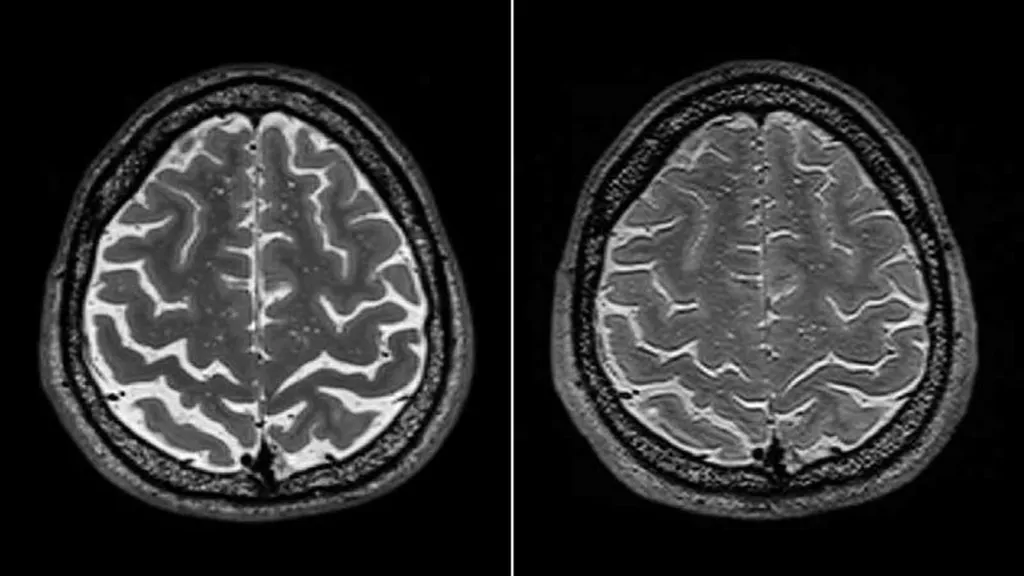In the quest to understand the effects of spaceflight on the human body, a groundbreaking study has shed light on the dynamic changes in neuronal activities within the motor cortex during simulated weightlessness. Led by Yuanyuan Fan from the National Key Laboratory of Space Medicine at the China Astronaut Research and Training Center in Beijing, this research utilizes cutting-edge technology to uncover the intricate workings of the brain under conditions mimicking spaceflight.
The study, published in the journal *Research* (translated to English as “Research”), employed a miniaturized 2-photon microscope to observe the hindlimb motor cortex at the single-cell level. This advanced technology allowed the team to track the functional changes in neuronal activities over time, providing a detailed map of how the brain adapts to simulated weightlessness and subsequent recovery.
“Our findings reveal a progressive decline in motor behavior during open-field and rotarod tasks under simulated weightlessness,” Fan explained. “However, these deficits were fully reversed after a 2-week recovery period, highlighting the brain’s remarkable capacity for adaptation and recovery.”
The research identified three distinct types of motor neurons: activated, inhibited, and unchanged. During active locomotion in an open field, the activity of locomotion-activated neurons increased, while the activity of locomotion-inhibited neurons decreased, despite their numbers remaining constant. In contrast, during passive rotation on the rotarod test, the number of rotation-activated neurons decreased, while their activity increased, and the number of rotation-inhibited neurons increased along with their activity. These changes were largely restored after reloading, offering valuable insights into the brain’s response to altered gravitational conditions.
The implications of this research extend beyond the realm of space exploration. Understanding the neural mechanisms underlying motor dysfunction can inform the development of targeted interventions and therapies for individuals experiencing motor impairments due to various conditions, including aging, injury, and neurological disorders.
“By elucidating the heterogeneous changes in neuronal activities within the hindlimb motor cortex, we hope to contribute to the broader understanding of behavioral changes regulated by the motor cortex during spaceflight and beyond,” Fan added.
As the world continues to push the boundaries of space exploration, this research provides a crucial foundation for developing strategies to mitigate the effects of prolonged weightlessness on astronauts. Moreover, the insights gained from this study could pave the way for innovative approaches in rehabilitation and motor recovery, benefiting both the space and medical sectors.
In the ever-evolving landscape of neuroscience and space medicine, this study stands as a testament to the power of interdisciplinary research and the potential for groundbreaking discoveries that can shape the future of human health and exploration.

